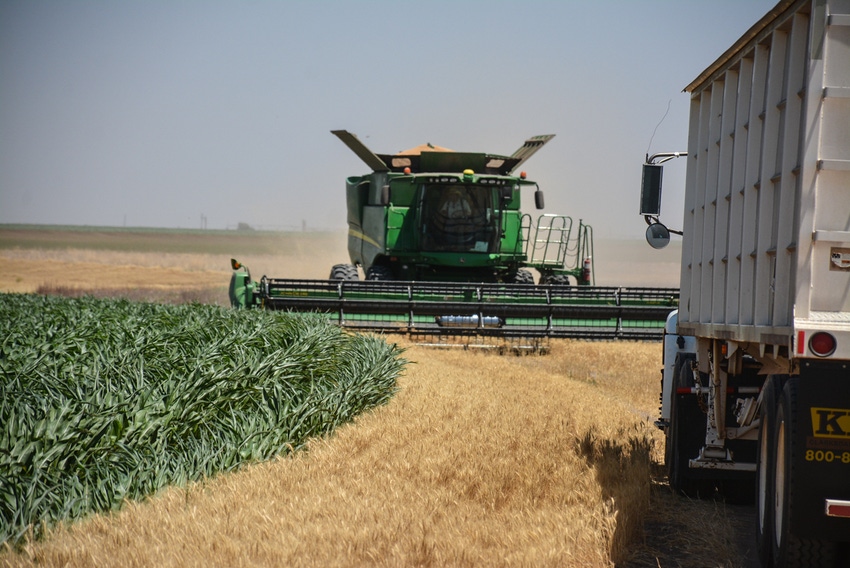February 15, 2019

On Feb. 8, the USDA released the February WASDE (World Agricultural Supply and Demand Estimates) for both January and February. For all practical purposes, there were not any surprises, especially for wheat. Nor was there much good news for higher prices.
For Oklahoma and Texas wheat prices, the most important WASDE numbers may be world, U.S., and Black Sea area (Russia, Ukraine, and Kazakhstan) ending stocks. United States ending stocks may be broken down into all wheat, hard red winter (HRW) wheat, and hard red spring (HRS) wheat.
An interpretation of the WASDE numbers is that the world and the U.S. will start the 2019/20 marketing year (June 1, 2019/May 30, 2020) with excess wheat with a limited amount of protein. During the 2018/19 marketing year, more wheat is projected to be used than produced.
World ending stocks are projected to be 9.83 billion bushels, compared to 10.3 billion bushels last year and a five-year average of 8.85 billion bushels. World ending stocks are projected to be 459 million bushels less than 2017/18 ending stocks.
U.S. 2018/19 wheat ending stocks are projected to be 1.01 billion bushels, compared to 1.1 billion in 2017/18, and a five-year average of 920 million bushels. U.S. HRW wheat ending stocks are projected to decline from 581 million bushels to 491 million bushels. The five-year average ending stocks is 429 million bushels. If these numbers are correct, the supply of flour milling quality (protein) HRW wheat will be tight on June 1, 2019.
POSSIBLE BLENDING
U.S. HRS wheat ending stocks are projected to increase from 191 million bushels to 262 million bushels. The five-year average is 216 million bushels. There may be a limited supply of relatively high protein HRS wheat available June 1. This wheat may be blended with lower protein HRW wheat for export or flour milling.
Stocks in the Black Sea region are projected to be tight until the harvest starts in last July. Black Sea ending stocks are projected to decline from 569 million bushels in 2017/18 to 348 million bushels in 2018/19. The five-year average is 505 million bushels.
Of the major hard wheat exporting countries, only the Black Sea region and Australia have below average ending stocks. Australia’s ending stocks are below average because of two straight years of well below-average production.
An important factor that must be included into the market foundation for 2019/20 prices is the fact that the world entered the 2018/19 marketing year with excess wheat, but it had a severe shortage of protein. Because more wheat is being used (lower ending stocks) than was produced in 2018/19, the supply of relatively high-protein wheat in storage on June 1, 2019, should be limited.
$5.60 WHEAT JUNE/JULY?
In June and July 2019, the world should need Oklahoma and Texas new crop wheat like it did during the 2018 Oklahoma and Texas harvest. From mid-February 2018 into mid- June 2018, Oklahoma and Texas Panhandle wheat prices increased (using area average prices) from $4.00 to $5.60. At this writing, wheat may be forward contracted for 2019 harvest delivery in Texas and Oklahoma for about $4.70 (minus 35 cent basis).
The February WASDE report supports the pre-release market projections that, given the right market conditions, Oklahoma and Texas wheat price could reach $5.60 during the June/July 2019 time period.
What is required is an average test weight of 60 plus pounds, with an average protein of 12.5 percent. An additional requirement is a relatively strong export demand, which is possible if the Black Sea area has limited wheat to export.
About the Author(s)
You May Also Like






